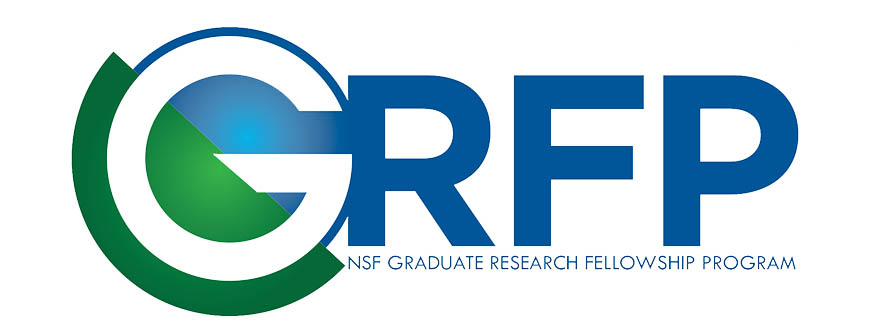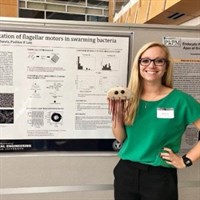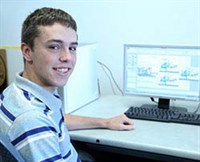
 Katie Ford, a Ph.D. student in the Artie McFerrin Department of Chemical Engineering at Texas A&M University, is among the recipients of the National Science Foundation’s (NSF) Graduate Research Fellowship Program (GRFP), which were announced in March. The program “recognizes and supports outstanding graduate students in NSF-supported science, technology, engineering and mathematics disciplines who are pursuing research-based master's and doctoral degrees at accredited United States institutions.”
Katie Ford, a Ph.D. student in the Artie McFerrin Department of Chemical Engineering at Texas A&M University, is among the recipients of the National Science Foundation’s (NSF) Graduate Research Fellowship Program (GRFP), which were announced in March. The program “recognizes and supports outstanding graduate students in NSF-supported science, technology, engineering and mathematics disciplines who are pursuing research-based master's and doctoral degrees at accredited United States institutions.”
Ford is currently working in Dr. Pushkar Lele’s research group. Lele is an assistant professor in the chemical engineering department, and his research group focuses on cell-mechanics and signaling-networks.
Specifically, Ford is studying swarming motility in Escherichia coli. “This swarming is a type of surface motility that has been implicated in urinary tract infections and bacterial endophtalmitis,” she said. The research is aimed at better understanding the flagellar motors of the E. coli bacteria, and how these motors are affected by various hydrodynamics related to swimming.
Ford said that the support from the department and from a fellow Ph.D. student who was awarded a GRFP last year helped tremendously. “The support of the department was really awesome too; I owe them a lot. Dr. [Perla] Balbuena put me in contact with Ethan [Kamphaus] who had some good advice. Dr. J [Arul Jayaraman] helped me revise my research plan. Dr. [James] Holste wrote me a letter of recommendation. I was fortunate to have so many people that were willing to help me,” Ford said.
 In the fall of 2016, Ethan Kamphaus, also a Ph.D. student in the department, received a grant from the GRFP. Kamphaus is currently working in Balbuena’s research group. Balbuena is the holder of the GPSA Professorship. The group utilizes first principles computational chemistry and physics methods to investigate electronic, kinetic, thermodynamic, transport and properties of materials.
In the fall of 2016, Ethan Kamphaus, also a Ph.D. student in the department, received a grant from the GRFP. Kamphaus is currently working in Balbuena’s research group. Balbuena is the holder of the GPSA Professorship. The group utilizes first principles computational chemistry and physics methods to investigate electronic, kinetic, thermodynamic, transport and properties of materials.
Specifically, Kamphaus is studying alternative architectures to develop new generation of lithium-ion battery. According to Kamphaus, one architecture is showing great promise. “The lithium-sulfur battery has a potential to replace lithium ion batteries due to its higher energy density and cheaper cost. By using computational simulations, we can explore the fundamentals and science behind problems that are holding back this battery from practical application,” he said. This research is very much connected to real-world applications and falls in line with Balbuena’s battery research, funded by the U.S. Department of Energy.
Ford and Kamphaus are in excellent company as GRFP recipients. Since the program’s establishment in 1952, the GRFP has funded more than 50,000 Fellows out of more than 500,000 applications. Of these more than 50,000 Fellows, 42 have gone on to become Nobel laureates, and more than 450 have become members of the National Academy of Sciences. This group includes such members as former U.S. Secretary of Energy and Nobel laureate Steven Chu, Google co-founder Sergey Brin and co-author of the New York Times best seller Freakonomics, Steven Levitt.